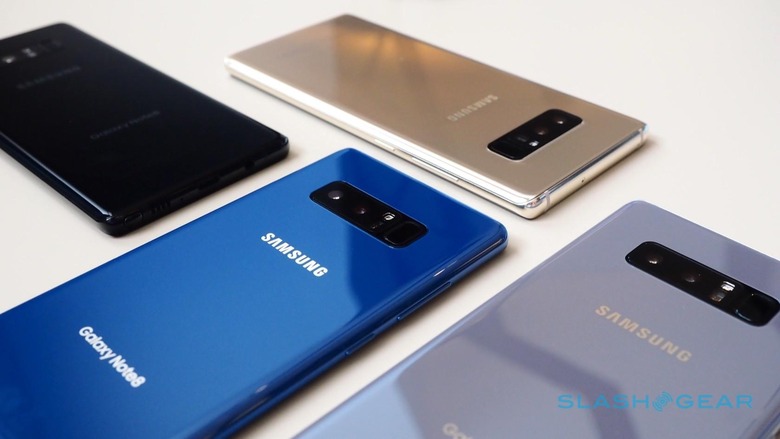The Note 9's Success May Seal The Galaxy S Plus' Fate
Samsung may consolidate its Plus-sized Galaxy S flagship with its Note range, after several generations of increasing screen size – and struggling sales – have worn away the differentiation between the two. Currently Samsung offers the Galaxy S9+ with a 6.2-inch display, and is expected to launch the 6.38-inch Galaxy Note 9 in just a few weeks time.
The Note 9 will continue to differentiate itself from other Galaxy smartphones by virtue of the S Pen, Samsung's digital stylus. That's predicted to gain new functionality courtesy of an embedded Bluetooth chip, together with updated software that will see Samsung double-down on the Galaxy Note's virtual notepad focus. All the same, many have pointed out the slim gap between what we're expecting from the Note 9 on August 9, and what the Galaxy S9+ already offers.
Samsung began offering multiple sizes of its Galaxy S-series flagship consumer smartphones back in 2015, with the launch of the Galaxy S6. That was available in three styles – Galaxy S6, Galaxy S6 edge, and Galaxy S6 edge+ – with either 5.1-inch or 5.7-inch Super AMOLED screens. Since then, the "plus" sized version has increased considerably.
At the same time, the Galaxy Note range has also adopted bigger and bigger panels, but the growth has been more conservative since the pen-enabled phablets were already relatively large to begin with. Over the past few years, therefore, the delta between the largest Galaxy S-series handsets and the Note series has shrunk, not to mention Samsung's flagship features like dual cameras.

Now, according to a report from The Bell, Samsung is considering trimming the whole situation down more drastically. The Galaxy S "Plus" phone would be consolidated with the Note after the Galaxy S10+, expected to be released in the first half of 2019, it's suggested. That, advocates of the plan within Samsung point out, would have some obvious advantages.
For a start, it would cut the number of models Samsung would be offering at a time when sales aren't up to predictions. The Galaxy S9 and Galaxy S9+ have underwhelmed, it's been reported, with disappointing demand since their release in Q1 2018. Rolling the larger of the two into the Note series – or, indeed, unifying the Note into the larger Galaxy S series – would represent a saving on costs.
It would also open up the range at a point where Samsung is planning to debut new form-factors. The folding Galaxy smartphone, for instance, widely referred to as the Galaxy X, will arrive initially with a premium price tag representing its cutting-edge technology, but its 2019 launch will only be the beginning of alternative designs. The expectation is that Samsung – a driving force in flexible AMOLED – will keep pushing the technology until it's cost-effective for more mainstream devices.
The response to the Galaxy Note 9 will help decide the Galaxy S "Plus" phone's fate, it's said. If demand for the S Pen-toting handset is strong, Samsung could well see that as evidence that the Galaxy S10+ – itself tipped to have a whopping 6.4-inch display – should be the last of the larger S Series devices. If the Note 9 struggles, however, Samsung might instead decide to unify its functionality with future Galaxy S Series handsets.
